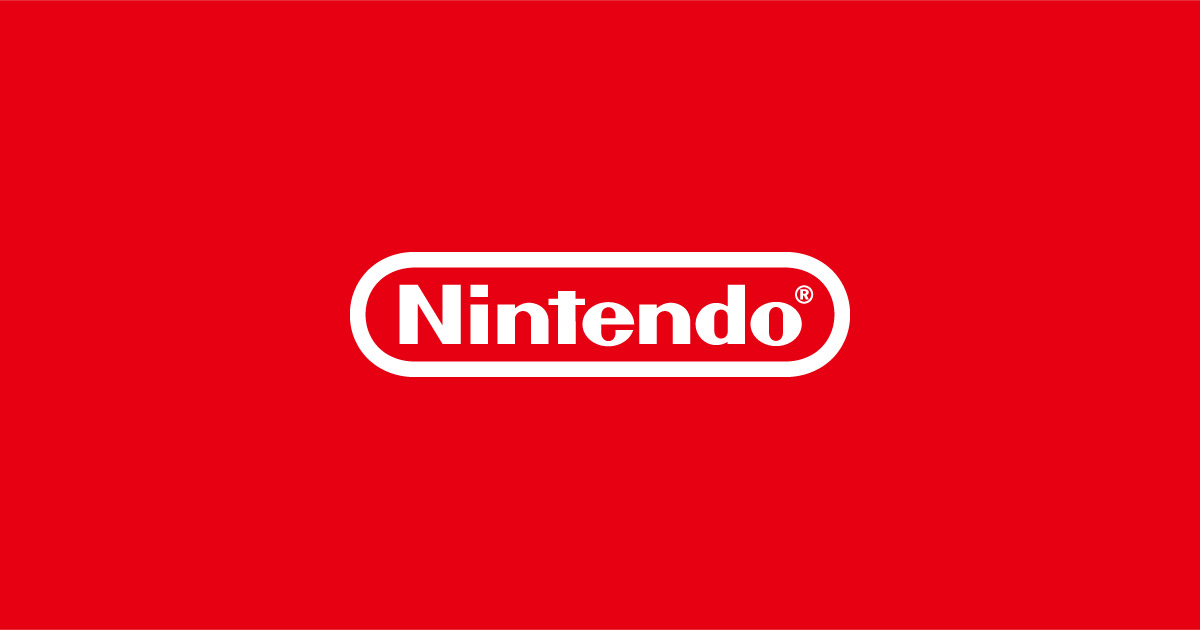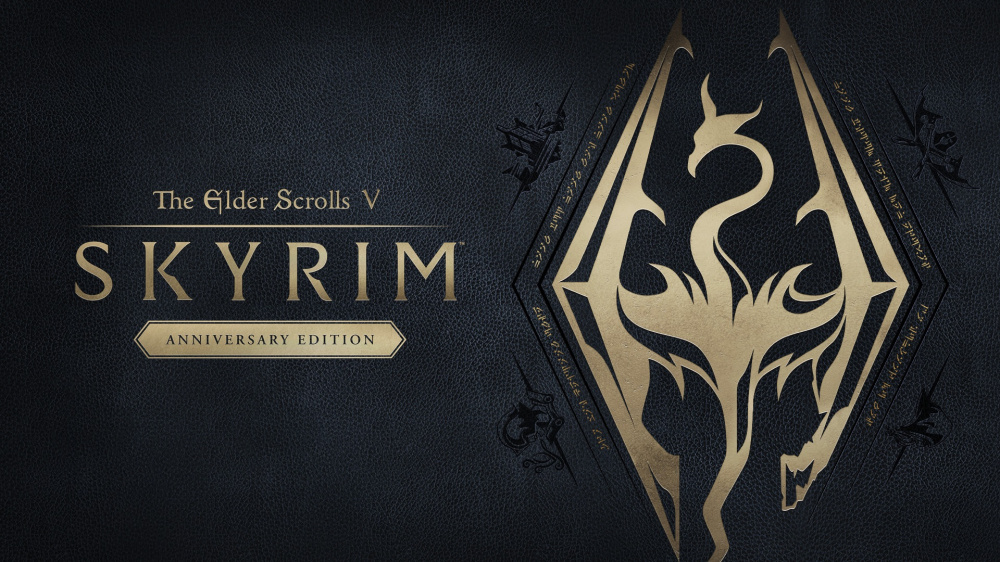In the wake of Nintendo’s much-anticipated Nintendo Switch 2 reveal, years of speculation have finally given way to official confirmations.
Yet, with speculation surrounding patents accelerating ahead of the announcement, attention has turned to several intriguing Nintendo Switch 2 patents that could preview the next generation of hardware innovation. Industry analysts and enthusiasts have been abuzz since Nintendo’s statement on January 16, 2024, which, while confirming the new console, stopped short of diving into detailed specs.
Instead, a notable focus has emerged around a European patent filed by Nintendo’s research and development division, indicating the company’s commitment to pushing technological boundaries once more. Recognized gaming technology experts, Digital Foundry, recently provided a comprehensive breakdown of this patent, which describes a form of 4K AI upscaling technology.
According to Alex Battaglia from Digital Foundry, the patent outlines a machine-learning upscaling technique reminiscent of Nvidia’s DLSS (Deep Learning Super Sampling), a system that upgrades lower-resolution images, such as from 540p to 1080p or even 1080p to 4K.
This kind of enhancement has the potential to dramatically improve visual fidelity, particularly when the Switch 2 is docked. Battaglia further indicated that, unlike Nvidia's DLSS, Nintendo’s patent discusses cloud-based upscaling solutions, single-image upscaling, and the ability to switch between upscaling models in real time.
This could enable smoother on-the-fly improvements during graphically intense gameplay moments, optimizing both performance and image quality.
Battaglia summarized the approach as a future-forward move, stating that Nintendo’s method could deliver technical advantages by continually adapting to sharper graphics demands and potentially improving loading times and storage efficiency due to more compact game file sizes. Accessibility and gaming culture consultant Laura Kate Dale echoed similar sentiments, suggesting that this upscaling technology might also allow developers to fit larger games onto the Switch’s traditionally smaller cartridges — a significant benefit for both developers and players. Beyond the upscaling patent, recent reports from ComicBook.com have drawn attention to a resurfaced 2022 Nintendo patent detailing motion sensor technology.
The filing describes a system where a sensor mounted on top of a television interacts with a handheld device, resembling elements from the Wii era or even Microsoft’s Kinect.
While the exact application for Nintendo Switch 2 remains speculative, such advancements could pave the way for expanded motion-controlled gaming experiences or backwards compatibility with the Wii software library. However, as industry observers frequently caution, the existence of patents does not guarantee they will progress to consumer products.
Nintendo’s longstanding practice of patenting innovative concepts, whether utilized or not, underscores a culture of proactive research and development rather than immediate product rollout. Nintendo Switch 2 is slated to continue the platform’s legacy of combining accessible hardware with inventive technology, though official details on its complete features remain unannounced.
Until further announcements from Nintendo Direct or official sources, the gaming world will continue monitoring these and other patents for any sign of what’s next for the popular hybrid console.
Yet, with speculation surrounding patents accelerating ahead of the announcement, attention has turned to several intriguing Nintendo Switch 2 patents that could preview the next generation of hardware innovation. Industry analysts and enthusiasts have been abuzz since Nintendo’s statement on January 16, 2024, which, while confirming the new console, stopped short of diving into detailed specs.
Instead, a notable focus has emerged around a European patent filed by Nintendo’s research and development division, indicating the company’s commitment to pushing technological boundaries once more. Recognized gaming technology experts, Digital Foundry, recently provided a comprehensive breakdown of this patent, which describes a form of 4K AI upscaling technology.
According to Alex Battaglia from Digital Foundry, the patent outlines a machine-learning upscaling technique reminiscent of Nvidia’s DLSS (Deep Learning Super Sampling), a system that upgrades lower-resolution images, such as from 540p to 1080p or even 1080p to 4K.
This kind of enhancement has the potential to dramatically improve visual fidelity, particularly when the Switch 2 is docked. Battaglia further indicated that, unlike Nvidia's DLSS, Nintendo’s patent discusses cloud-based upscaling solutions, single-image upscaling, and the ability to switch between upscaling models in real time.
This could enable smoother on-the-fly improvements during graphically intense gameplay moments, optimizing both performance and image quality.
Battaglia summarized the approach as a future-forward move, stating that Nintendo’s method could deliver technical advantages by continually adapting to sharper graphics demands and potentially improving loading times and storage efficiency due to more compact game file sizes. Accessibility and gaming culture consultant Laura Kate Dale echoed similar sentiments, suggesting that this upscaling technology might also allow developers to fit larger games onto the Switch’s traditionally smaller cartridges — a significant benefit for both developers and players. Beyond the upscaling patent, recent reports from ComicBook.com have drawn attention to a resurfaced 2022 Nintendo patent detailing motion sensor technology.
The filing describes a system where a sensor mounted on top of a television interacts with a handheld device, resembling elements from the Wii era or even Microsoft’s Kinect.
While the exact application for Nintendo Switch 2 remains speculative, such advancements could pave the way for expanded motion-controlled gaming experiences or backwards compatibility with the Wii software library. However, as industry observers frequently caution, the existence of patents does not guarantee they will progress to consumer products.
Nintendo’s longstanding practice of patenting innovative concepts, whether utilized or not, underscores a culture of proactive research and development rather than immediate product rollout. Nintendo Switch 2 is slated to continue the platform’s legacy of combining accessible hardware with inventive technology, though official details on its complete features remain unannounced.
Until further announcements from Nintendo Direct or official sources, the gaming world will continue monitoring these and other patents for any sign of what’s next for the popular hybrid console.




